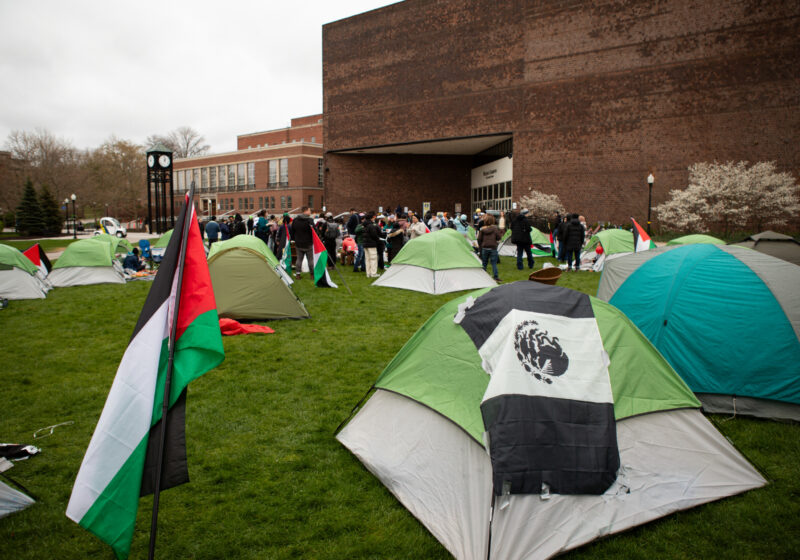The Pan African Expo is a show that the Black Students’ Union performs every year as a culmination of Black History Month. It has been a part of the UR community since the 1970s and in the past has brought many prominent speakers to address the university. Since 2001 the format has changed, with a larger emphasis on the theatrical performance rather than guest speakers.BSU has gone to great lengths to ensure that this February commemorated the culture of blacks. Former presidential candidate Carol Moseley Braun was brought in last Thursday to examine the current state of minority representation in participatory government. A fund-raiser date auction is scheduled for this Friday. The Pan African Expo, which is scheduled for Saturday, will be the final event of Black History Month.The event is titled “Turning the Pages, Stages of Black Identity.” “It is meant to portray the different identities of blacks throughout history,” sophomore and social and cultural chairwoman of BSU Yannize Joshua said.Performers in the Expo have been rehearsing since late January. The show consists of seven acts, each meant to portray the classifications that were given to blacks during these times.The first act takes place in a grand African court reminiscent of the opening scene in Eddie Murphy’s movie “Coming to America.” As part of the court scene the Spanish and Latino Students’ Association will be performing a spiritual dance called “El espehjo.” The next scene deals with the treatment of blacks during slavery. Poems by Langston Hughes will be read while a montage of the tragedies of the era is played out in the background.A scene in which a black man is brutally assaulted while he is walking in a field is meant to illustrate the theme of the third act, which deals with the impact of Jim Crow Laws.As usage of the “n-word” decreased, usage of “negro” became more popular. Prominent themes in American culture became more and more influenced by black culture. The fourth act features a swing dancing scene set in the Cotton Club, showing how important jazz had become.The fifth act is about this controversy and what it meant to be “colored.” Joe Lewis was given the moniker of “The Brown Bomber” because he was “colored.” He became famous after he defeated Max Schmeling, a white boxer. This bout sparked controversy all over the nation. The sixth act is a prideful one. It features powerful speeches from great “black” leaders such as the black panthers, Martin Luther King, Jr. and Malcolm X. These great visionaries laid the groundwork for some of the most important social movements of the 20th century.The final act is about trends present today – where it is commonplace to find “African Americans” in the professional workplace as doctors, engineers and politicians.The event starts at 6 p.m. and the doors will be opening at 5:30 p.m. at Strong Auditorium. Tickets are on sale at the Common Market and are $3 for students and $5 for the general public. There will be an after party at the Drama House, with discounted admission for those who have a ticket stub from the show.Goldner can be reached at bgoldner@campustimes.org.
Gaza
Gaza solidarity encampment: Live updates
The Campus Times is live tracking the Gaza solidarity encampment on Wilson Quad and the administrative response to it. Read our updates here.
Administration
Recording shows University statement inaccurate about Gaza encampment meeting
The Campus Times obtained a recording of the April 24 meeting between Gaza solidarity encampment protesters and administrators. A look inside the discussions.
Administration
5 students banned from campus for Gaza solidarity encampment
UR has been banning community members from campus since November for on-campus protests, but the first bans for current students were issued this weekend.


